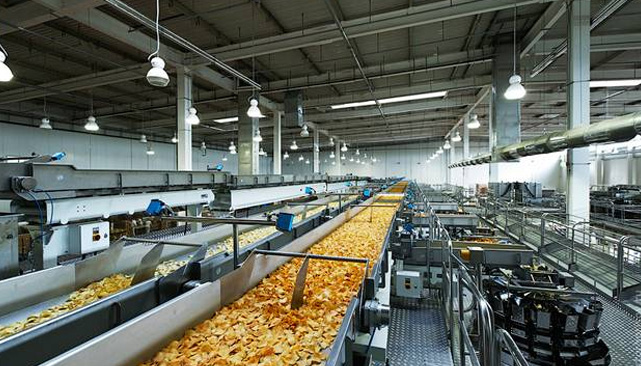
Primarily, the term INVENTORY means manufactured end products which are ready to be sold in the market place . Today's so called global market has shrunk into a small market where anyone can reach any market whenever they want to choose from the best and the cheapest with the help of internet. Moreover , Globalization has made it possible for foreign products to get into our developing market places. In this ever changing and developing business trend , the businesses or enterprises need to be updated frequently to keep a pace with the market and its demand and supply. Otherwise, the companies which fail to do so become obsolete in the long run.
To be updated with the latest market trends, the industries need to be fast and efficient , which was impossible with manual labour because human resources cannot be that fast and efficient as like machines. Moreover, storing a huge data in their brain was not possible . Thus, came into being the concept of such a software which does all these jobs with perfection in a much lesser time and effort.
The specific features of INVENTORY MANAGEMENT SOFTWARE which makes it impossible for industries to work efficiently without it are as follows :
-
ORDER MANAGEMENT : Once a company has ordered for a product delivery in huge amount, the software of the manufacturing industry automatically creates bills of material required to finish that order. It creates work order also.
-
ASSET / INVENTORY TRACKING : After the goods are produced, they are given specific barcodes, which helps in tracking the location of the particular product.
-
PRODUCT IDENTIFICATION : Barcodes were invented with the purpose of tracking products on their dispatching from the warehouse. Barcode readers are the machines meant for this reading. Every product of the same type has a barcode of its own an unique number.
-
SERVICE MANAGEMENT : There are some companies which provide services in place of goods and product. For such kind of enterprises, the raw materials required to provide the said or mentioned service are the inventory. Incase of these industries inventory management software manages the supply and flow of those materials. For example, JET AIRWAYS is a service industry wherein we can travel from one place to another long distance place in a very short span of time. Here the inventory are the aeroplanes, the fuel, the pilots, the cabin crew etc.
-
Besides the various features of this software, it works in the development of any industry as a whole. All things have both negative sides and positive sides. INVENTORY SOFTWARE is no exception. The disadvantage of it is that it is very expensive.